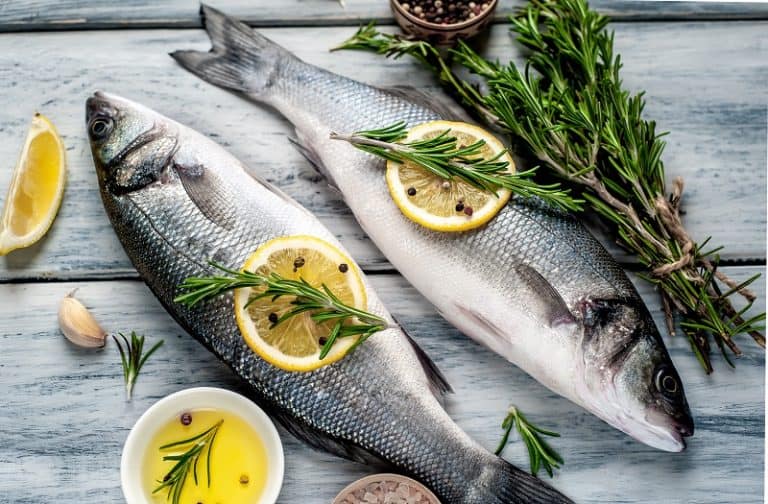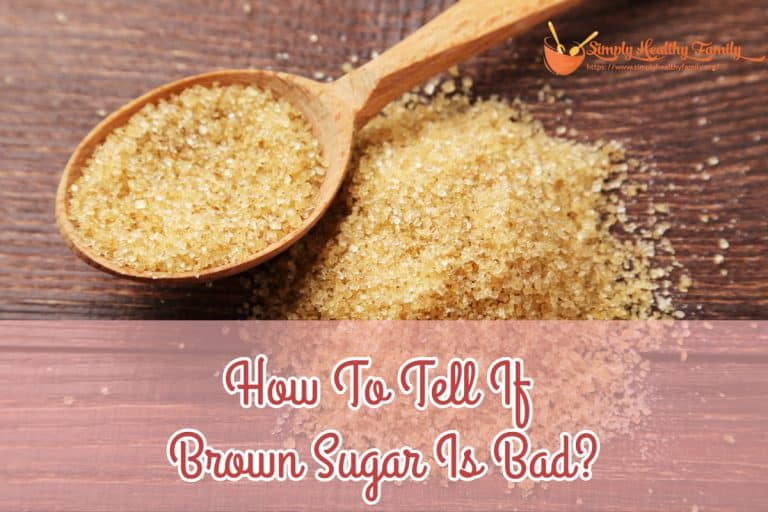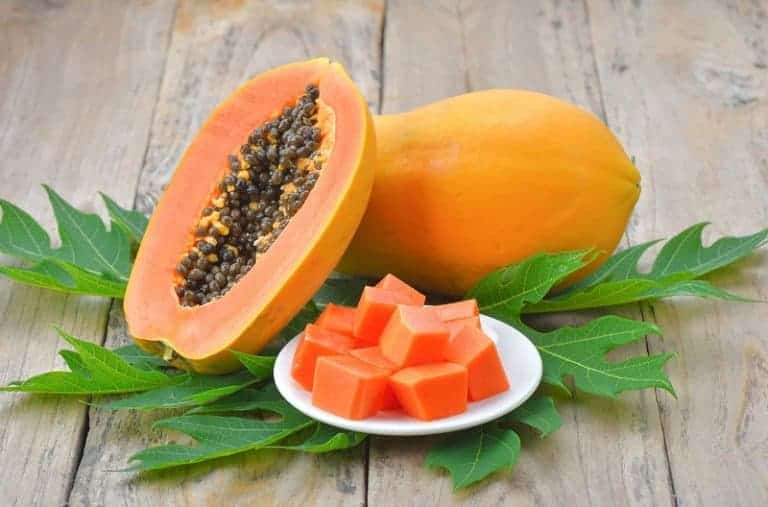How Much Juice is There in One Lemon?
“Add the juice of one lemon”. An ingredient description that comes up frequently in cookbooks and recipes. Sounds simple enough, no?
Well, yes, if you are squeezing fresh lemons. But what about all the variation in size among lemons? They can be supersized, or quite small.
So how do you know how much of the lemon juice to add? Lemon is, after all, a very intense flavor, and too much of a good thing can be a problem in a recipe, especially for those mysterious humans that do not enjoy the flavor.
Plus, sometimes you just don’t have access to fresh lemons, so how much juice should you add when you are using prepared and preserved lemon juice? And what if the recipe calls for the juice of half a lemon?
Never fear, we are here to help with all of your lemon issues; and we will do it with zest!
So sit back, fasten your seatbelts, and get ready for more than you ever wanted to know about juicing lemons.
One the average, a normal-sized lemon will contain about 2 tablespoons of juice. Obviously, the fruit can vary in both size (a larger lemon may contain much more than 2 tablespoons, and an extremely small lemon may yield below this average) and, in juiciness.
The Zest is the Best
The bonus to using fresh lemons is that you also have the zest on hand, should it be called for to add a tangy touch, and very light, chewy consistency to your foods. Lemon zest is called for in various cakes, cookies, frostings,
Lemon zest is the outermost layer of the lemon, and is used as a flavoring. You can buy zest dried and preserved, but it can’t be freshly grated zest for adding an authentic fresh citrus flavor to your cooking and baking. (some recipes call for lime or orange zest, which is the same basic concept.)
Avoid the white pith underneath the rind; it adds a bitter flavor, and that is not what you are looking for here. The zest provides a pure citrus punch that is large on results, compared to the effort to harvest it from the lemon.
Simply use a small toothed grater and grate off the outermost layer.
1 medium-size lemon = approximately 1 tablespoon of lemon zest
It will be much easier to grate the zest from the lemons if you do it BEFORE you squeeze them for the juice.
Here are some tips to keep things in balance:
What kind of lemons are we talking about?
The coveted Meyer lemon, for example, is known for its juiciness and rich flavor. A good Meyer lemon may contain more juice.
The juice has a more mellow flavor, however, so even if you end up with more lemon juice than the recipe calls for, it still should work, due to the fact that Meyer lemons are a bit less acidic than other types.
Is it Juicy?
Go ahead and eyeball your lemon. Not all lemons are created equal. A hard lemon that was picked before it had a chance to fully ripen may not be as juicy.
If your lemons are greenish, they may be quite unripe, in which case there may not be very much juice to squeeze out. And even large, yellow lemons with good color can dry out if they are not used while fresh.
So you might have a sad surprise when you cut into a large, beautiful yellow lemon, only to find that it has become dry and decidedly “un-juicey”.
Size Does Matter
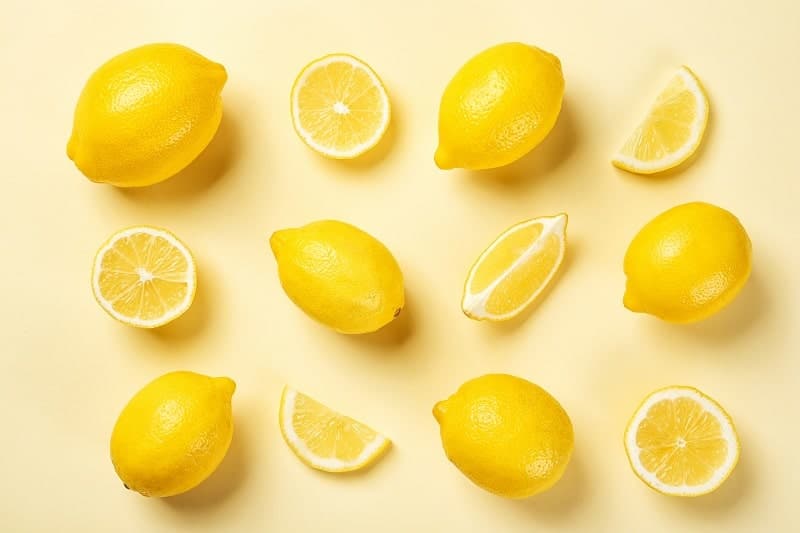
All things being equal, a larger lemon is likely to yield more juice than a small one.
You can start in the supermarket when you choose your lemons. Give them a squeeze: if they are hard as rocks, they will probably be less yielding in their yield.
Look for a nice yellow color; green is not usually a coveted color in the fruit world. Obviously, it indicates a fruit that has been picked before it was ready.
Also, pay attention to the season. If you live in a climate that allows for citrus fruits to grow, and it is peak season, you will probably find plenty of juicy, yellow lemons in your store, or local farmer’s market.
However, in this generation, where seasonal fruits are offered all year round due to shipping and refrigeration, we can forget the simple laws of nature. Fruit that is picked fresh and in season is simply superior in every way.
If you are forced to buy fruit out of season, you may need a bit more than one lemon to achieve the average 2 tablespoons.
Here is the Solution to all These Conundrums
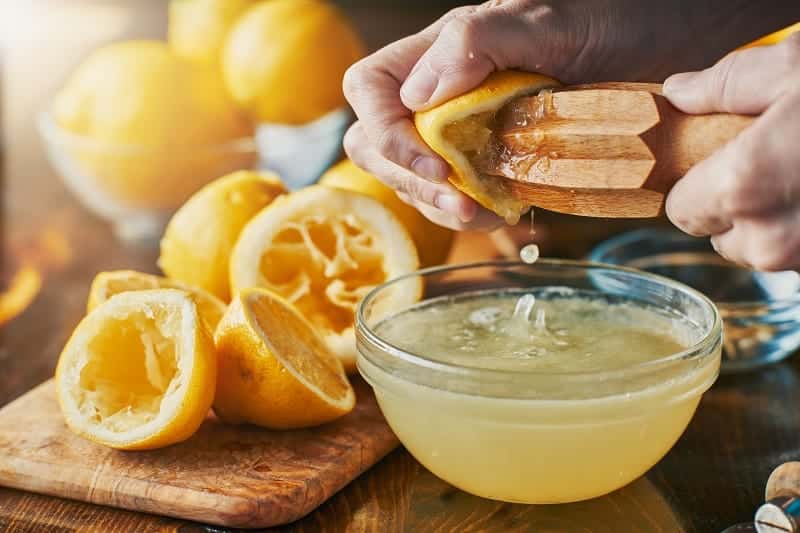
Use a lemon squeezer to gather your juice in a separate container. Then you can simply measure out the number of tablespoons you need.
For example, if the recipe calls for the juice of 2 lemons, you will need 4 tablespoons of lemon juice.
2 Tablespoons= The juice of one lemon.
Read Related Topic: Substitution for Orange Juice in Cooking and Baking – A Guide
When Fresh is Not an Option
Sometimes, you just can’t get fresh lemons. Or perhaps, after looking over the selection in the supermarket, you opt for a bottle of lemon juice, rather than the hard, green, unappetizing lemons currently for sale in the fruit section.
That is legit, and sometimes that is your best option. With our simple formula, you should have no problem with quantity.
Simply add 2 tablespoons of bottled juice for every lemon called for in your recipe. We can’t help you with the zest, however.
For that, you will need to purchase dried lemon zest from your spice aisle. It will still be delicious, but when we are talking lemons; fresh is best, and also for zest.
Have a sweet and sour day!


